Bible Study Outline: A Guide to Effective Bible Study
If you're embarking on a journey of exploring the Bible, having a structured outline can greatly enhance your understanding and engagement. Here's a comprehensive guide to crafting a Bible study outline that will help you delve deeper into the Word of God.
Step 1: Choose a Passage
Start by selecting a specific passage or chapter from the Bible that you want to study. Consider its length, topic, and relevance to your interests or spiritual growth.
Step 2: Observation
a. Read the Passage Carefully: Go through the passage multiple times, paying attention to the words, phrases, and context. Write down anything that stands out or strikes you.
b. Highlight Key Points: Identify the main ideas and key points of the passage. Use a highlighter or underline to mark these important elements.
c. Note Key Words: Pay attention to recurring words or concepts that are emphasized throughout the passage. These words may provide insights into the author's intent.
Step 3: Interpretation
a. Analyze the Context: Consider the historical, cultural, and literary context in which the passage was written. This helps you understand its intended meaning.
b. Cross-Reference: Look up other passages in the Bible that relate to the topic or themes you've identified. This provides a broader perspective and deeper understanding.
c. Seek External Insights: Consult commentaries, dictionaries, or other resources to gain additional insights and perspectives on the passage.
Step 4: Application
a. Personal Reflection: Ask yourself how the passage connects with your life and experiences. Identify areas where God is speaking to you.
b. Practical Implications: Consider how the principles and teachings in the passage can be applied to your daily life. Write down specific actions or changes you can make.
c. Prayer and Meditation: Take time to pray and meditate on what you've learned. Allow God's Word to penetrate your heart and guide your steps.
a. Summary: Briefly summarize the main points and insights you've gained from your Bible study.
b. Action Plan: Outline practical steps you will take to apply the lessons learned in your life.
c. Journaling: Consider journaling your Bible study experiences, including observations, interpretations, and personal reflections. This helps you track your spiritual growth and deepen your understanding over time.
Frequently Asked Questions on Bible Study Outline
What is a Bible study outline?
A Bible study outline is a framework that helps you organize and structure your Bible study sessions. It includes key points, questions, and discussion topics to guide your study.
What are the benefits of using an outline?
- Improved understanding: An outline helps you focus on the main points and key ideas in a Bible text.
- Enhanced memory: By writing down the key points, you can improve your retention and recall.
- Effective discussion: An outline provides a basis for group discussions by structuring the topics and questions.
- Time management: An outline saves time by providing a clear roadmap for your study session.
What should I include in an outline?
- Key points: Summarize the main ideas and themes of the Bible text.
- Questions: Pose thought-provoking questions to deepen your understanding and facilitate discussion.
- Discussion topics: Identify specific topics or issues raised in the text that you want to explore further.
- Applications: Consider how the Bible text applies to your life and present-day situations.
- Notes: Add any personal insights, observations, or references to other resources.
How do I create an outline?
- Read the Bible text carefully.
- Identify the main ideas and key points.
- Formulate thought-provoking questions.
- Outline the structure of the text, including sections and paragraphs.
- Include discussion topics and applications.

